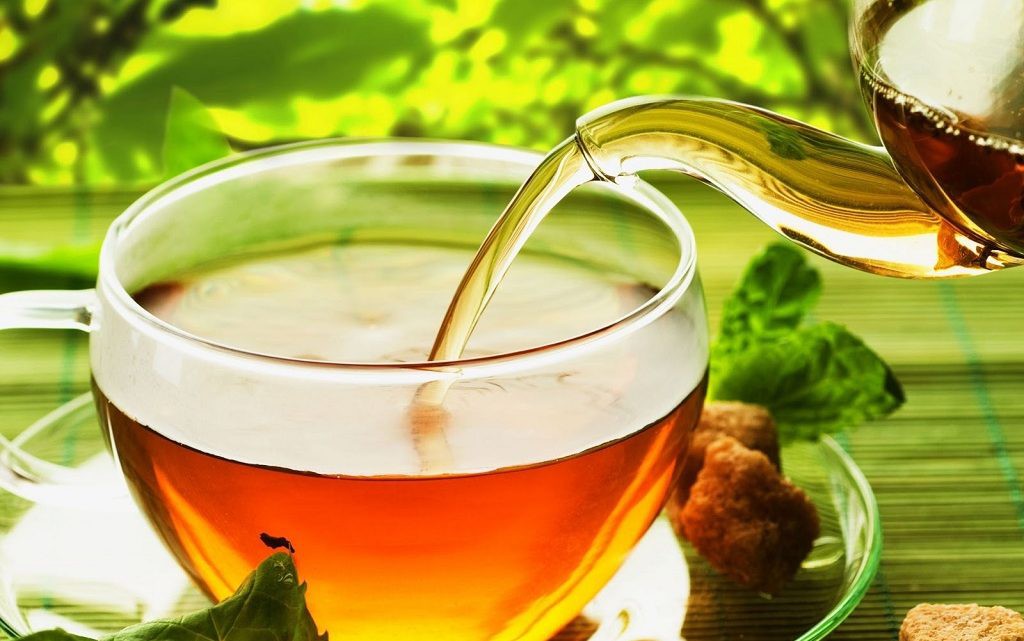15 Proven Health Benefits of Mate Tea

15 Proven Health Benefits of Mate Tea that you need know. Moreover, the mate Tea contains properties beneficial for prevent and fight various diseases. Mate is a non-alcoholic drink made from Yerba Mate, the leaves of the tree Ilex paraguariensis. It is widely consumed in South America. It can be consumed as a tea or as an ingredient in foods or supplements. The indigenous people have used it for centuries as a social and medicinal beverage.
The health benefits of Yerba Mate include decreasing cholesterol, protecting the liver, stimulating the brain, diuretic properties, and benefiting the heart, among many others. Mate is bitter, and it is an acquired taste. Both the preparation of the mate and the drinking process are considered almost ceremonies.
Yerba mate also contains vitamins that include vitamin C, vitamin B1, and vitamin B2. It comes as no surprise that once some of these benefits were discovered, the popularity of yerba mate Tea began to spread to other parts of the world. Then, check the benefits of Mate Tea for health:
Mate Tea Benefits To Keep Heart Healthy: The mate Tea is useful for diseases related to the heart , including heart failure, irregular heartbeat and low blood pressure.
Benefits of Mate tea warned Cancer: The antioxidant compounds of polyphenols, which contains the mate Tea are higher compared to the amount of polyphenol, it is good to prevent the cancer grow wildly within our body.
Benefits of Mate Tea Help Improve Cognition: The active ingredients in mate Tea are able to improve memory and attention and focus, while antioxidants can prevent plaque deposition in thebrain, potentially counteracting the effects of the disease Alzheimer and dementia.
Mate Tea Benefits Increase the Immune System: The mate Tea contains saponins, these are emulsifiers that drive the system immune and have antioxidant and anti-inflammatory.
Mate Tea Benefits To Prevent Kidney Stones: Drink the mate Tea regularly can prevent kidney stones and help eliminate. The diuretic effect of xanthine caffeine , theobromine and theophylline, is responsible for this.
Benefits of Mate Tea To Increase Sex Drive: The mate Tea is traditionally known as a mild aphrodisiac, mainly used to increase libido and sexual desire. The rich content of mineral s and vitamins also helps to improve fertility, hormonal balance and reproductive health.
Mate Tea Benefits Promotes Digestion: Some of the compounds found in mate Tea, such as xanthine, are able to promote smooth muscle relaxation, which can be good for digestion.
Mate Tea To Maintain Cardiovascular Health Benefits: The mate Tea containing compounds such as polyphenols which can be beneficial in reducing the risk of cardiovascular diseases such as atherosclerosis .
Benefits of Mate Tea Strengthens Bones: The mate Tea helps improve the health bone , it contains a number of minerals that are essential for bone mineral density in the body.
Mate Tea Benefits To Eliminate Anemia: High levels of iron found in mate Tea can help in the production of red blood cells and avoid the anemia.
Benefits of Mate Tea acts in the Diabetes Prevention: The mate Tea contains antioxidant that plays a role in the glycosylation process that reduces dicarboxila action, resulting in oxidation and hyperglycemia which helps prevent diabetes.
Benefits of Mate Tea Reduces Oxidative Stress: The mate Tea protects the myocardial tissue of the heart and is also beneficial in reducing the oxidative stress caused by reactive oxygen species (ROS) that can cause strokes.
Strengthens Bones: While yerba mate Tea isn’t always thought of as a boost for bone strength, it does contain a number of minerals that are essential for bone mineral density in the body. Calcium, iron, phosphorous, potassium and zinc are all part of the process that keeps osteoporosis at bay as we age.
Increases Circulation: High levels of iron found in yerba mate Tea mean that it can significantly help in red blood cell production, and will prevent anemia. With boosted red blood cell production, more oxygenated blood can flow to the organ systems and extremities that need those resources most.
